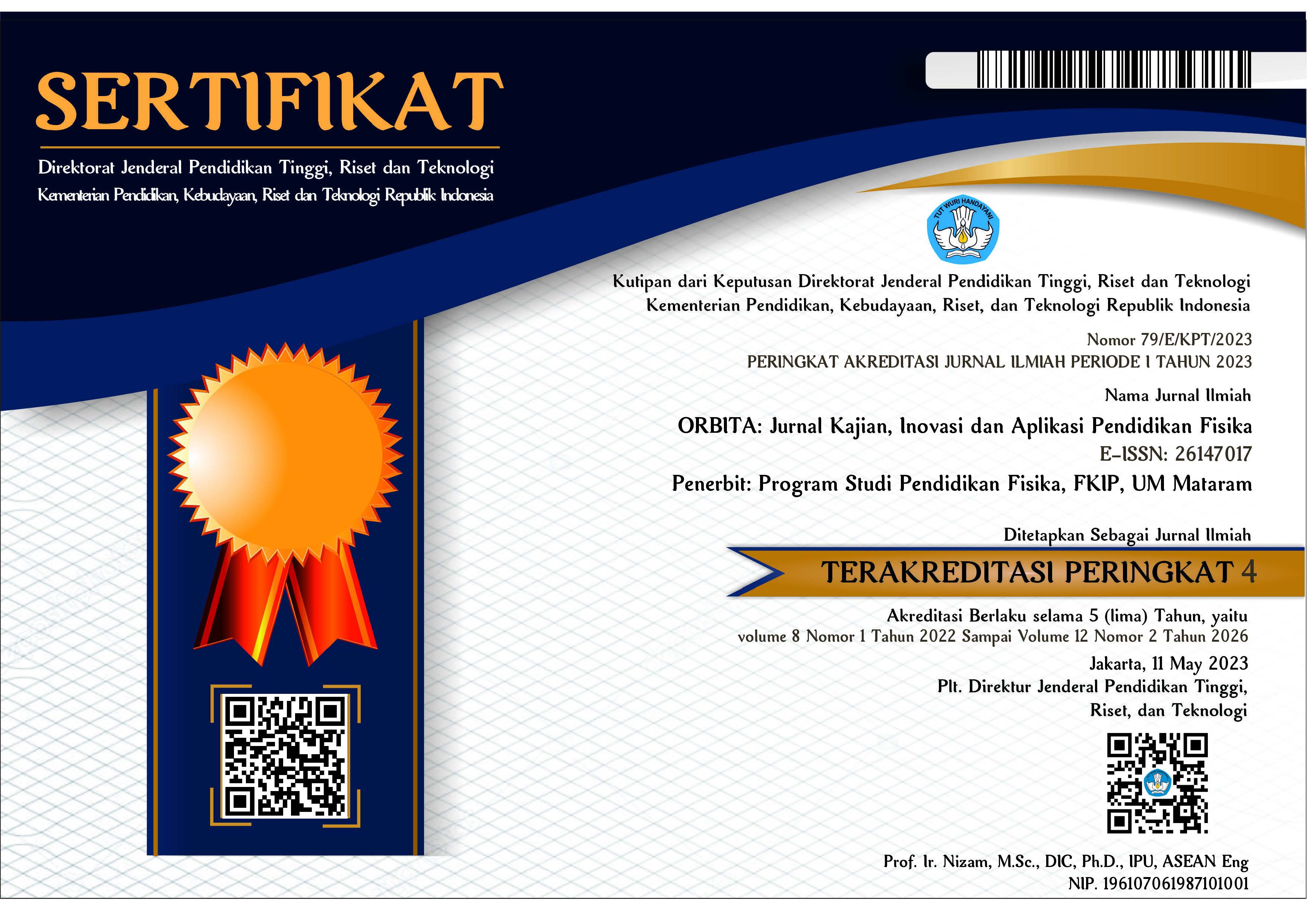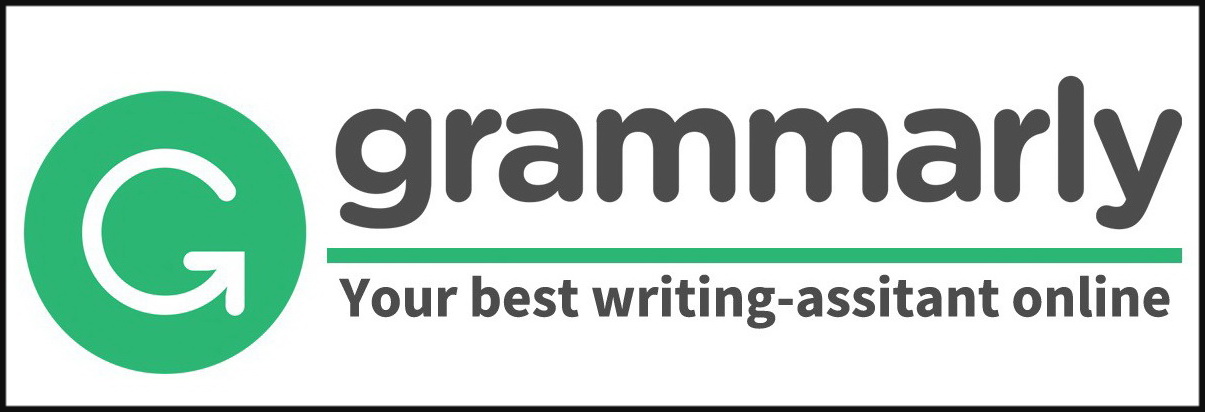POLA DAN KEMAMPUAN PEMECAHAN MASALAH PESERTA DIDIK MELALUI PEMBELAJARAN FLIPPED CLASSROOM BERBASIS PROYEK
Abstract
ABSTRAK
Penelitian ini bertujuan untuk mengetahui kemampuan pemecahan masalah dan pola pemecahan masalah berdasarkan tingkat pemecahan masalah peserta didik melalui pembelajaran flipped classroom berbasis proyek. Penelitian menggunakan rancangan quasi eksperimen dengan desain one-group pretest-postest desaign. Penelitian dilaksanakan di SMAN 14 Semarang tahun ajaran 2019/2020 dengan subjek penelitian 65 peserta didik kelas XI MIPA. Sampel diperoleh melalui teknik purposive sampling. Teknik pengumpulan data dilakukan menggunakan tes dan wawancara. Analisis data kemampuan pemecahan masalah dilakukan secara deskriptif. Hasil menunjukkan bahwa Kemampuan pemecahan masalah peserta didik dalam pembelajaran flipped classroom berbasis proyek tergolong tinggi dengan jumlah peserta didik 57%. Peserta didik memiliki pola pemecahan masalah yang berbeda-beda berdasarkan tingkat pemecahan masalah. Peserta didik kategori sangat tinggi melakukan penyelesaian dengan membaca, memahami masalah, menganalisis, merencanakan strategi penyelesaian, menerapkan dan mengevaluasi seluruh solusi. Peserta didik kategori tinggi melakukan penyelesaian dengan membaca, memahami masalah, menganalisis, merencanakan strategi penyelesaian, menerapkan dan mengevaluasi solusi matematis. Peserta didik kategori rendah melakukan penyelesaian dengan membaca, memahami masalah, menganalisis, menentukan masalah.
Kata kunci: kemampuan pemecahan masalah; pola pemecahan masalah; flipped classroom berbasis proyek.
ABSTRACT
This study aims to determine the ability of problem-solving and problem-solving patterns based on the level of problem-solving of students through project-based flipped classroom learning. The study used a quasi-experimental design with a one-group pretest-posttest village design. The study was conducted at SMAN 14 Semarang in the academic year 2019/2020 with the research subjects 65 students of class XI MIPA. Samples were obtained through a purposive sampling technique. Data collection techniques are done using tests and interviews. Data analysis of problem-solving ability is done descriptively. The results show that the students' problem-solving ability in project-based flipped classroom learning is relatively high with 57% of students. Students have different patterns of problem-solving based on the level of problem-solving. Very high category students complete the solution by reading, understanding the problem, analyzing, planning a settlement strategy, implementing and evaluating all solutions. High category students do the settlement by reading, understanding the problem, analyzing, planning a settlement strategy, implementing and evaluating mathematical solutions. Low category students do the settlement by reading, understanding the problem, analyzing, determining the problem.
Keywords: problem-solving skill; pattern of problem solving; project-based flipped classroom.
Keywords
Full Text:
PDFReferences
Alberida, H., Lufri, Festiyed, & E Barlian. (2018). Problem Solving Model for Science Learning. IOP Conf. Series: Materials Science and Engineering, 335 012084, 1-13.
Anderson, J. (2009). Mathematics Curriculum Development and the Role of Problem Solving. ACSA Conference, 1-8.
Bergfjord, O.J,(2016). Evaluation of a “Flipped Classroom” Approach in Management Education. Journal of University Teaching & Learning Practice, 13(5),1-15.
Bishop, J. & Verieger, M.A. (2013). Flipped Classroom: A Survey of the Research. 210th ASEE annual Conference & Explosition, 6219,1-18.
Boeve, A.J., Meijer, R.R., Bosker, R.J., Vugteveen , J., Hoekstra, R., & Albers, C.J. (2017). Implementing The Flipped Classroom: An Exploration Of Study Behaviour and Student Performance. High Educ, 74,1015–1032.
Chen, C.H & Yang, Y.C. (2019). Revisiting the Effect Of Project Based Learning On Students Academic Archievement: A meta-Analysis Investigating Moderator. Education Research And Review, 5(26), 71-81
Chiang, T.H.C. (2017). Analysis of learning behavior in a flipped programing classroom adopting problem-solving strategies. Interactive Learning Environments,25(2), 189-202.
Deng, J. (2018). The Project-Based Flipped Learning Model in Business English Translation Course: Learning, Teaching and Assessment. English Language Teaching, 11(9), 118-128
Dewi, B. M.M., N Khoiri1, N., & U Kaltsum, U. (2017). Peningkatan Kemampuan Pemecahan Masalah Siswa Melalui Penerapan Model Project Based Learning. Jurnal Penelitian Pembelajaran Fisika, 8(1), 8-13.
Efstratia, D. (2014). Experiential Education Through Project Based Learning. Procedia-Social and Behavioral Sciences, 152, 1256 –1260.
Elmaadaway, M.A.N. (2017). The Effects Of A Flipped Classroom Approach On Class Engagement and Skill Performance In A Blackboard Course. British Journal of Educational Technology, 1-13.
Erinosho, S.Y. (2013). How Do Students Perceive the Difficulty of Physics in Secondary School? An Exploratory Study in Nigeria. International Journal for Cross Disciplinary Subjects in Education (IJCDSE), 3(3), 1510-1515.
Gaughan, J. E. (2014). The Flipped Classroom in World History. The History Teacher, 47(2), 221-244.
Ge, X. & Land, S.M. (2004). A Conceptual Framework for Scaffolding Ill-Structured Problem Solving Processess Using Question Prompts and Peer Interactions. ETR&D, 52(2), 5-22
Ince, E. (2018). An Overview of Problem Solving Studies in Physics Education. Journal of Education and Learning, 7(4),191-200.
Julianto, E., Nugroho, S.E., & Marwoto,P. (2013). Perkembangan pola pemecahan masalah masalah anak usia sekolah dalam memecahkan permasalahan ilmu pengetahuan alam. jurnal pendidikan fisika indonesia, 9, 151-162.
Karina, N.K.D., Sadia, I.W., & Suastra, I.W. (2014). Pengaruh Model Pembelajaran Berbasis Proyek terhadap Kemampuan Pemecahan Masalah dan Kecerdasan Emosional Siswa SMP. E-Journal Program Pascasarjana Universitas Pendidikan Ganesha Program Studi IPA, 4,1-10.
Kaya, H, senyuva, E., isik, B., & bodur, G. (2014). Nursing Students Opinions Regarding Project Based Learning. Procedia-Sosial and Behavioral Sciences ,5(157),379-385.
Korhasan, N.D & Ozcan, O. (2015). Examination of the Variation in Students' Problem Solving Approaches Due to the Use of Mathematical Models in Doppler Effect, Hacettepe Universitesi Egitim Fakultesi Dergisi (H. U. Journal of Education), 30(3), 87-101.
Mohhotalla, E. (2016). Improving Critical Using Wikis and GGPS in a Physics Classroom. American Association Of Physisc Teachers, 5(1), 427-429.
Nikat, R.F, parno P. & Eny L. (2017). Profil Kemampuan Pemecahan Masalah Peserta Didik Pada Materi Usaha dan Energi. Prossiding Seminar pend. Ipa pascasarjana UM, 2, 271-277.
Nouri, J. (2016). The Flipped Classroom: For Active, Effective and Increased Learning Especially For Low Achievers. International Journal of Educational Technology in Higher Education, 13(33),1-10.
Polya, G. (1971). How To Solve It. Second Edition. New Jersey: Princeton University Press.
Purnamasari, I., Yuliati, L., & Diantoro, M. (2017). Analisis Kemampuan Pemecahan Masalah Fisika pada Materi Fluida Statis. Prossiding Seminar Pend. IPA Pascasarjana UM , 2,191-195.
Purwanto, R., Parno, & Yuliati, L. (2017). Eksplorasi Kemampuan Pemecahan Masalah Siswa SMA pada Materi Fluida Statis. Pros. Seminar Pend. IPA Pascasarjana UM, 2, 286-292.
Putra, H.D. Putri, W.A.S., Fitriana, U., & Andayani, F. (2018). Kemampuan Pemecahan Masalah Matematis dan Self-Confidence Siswa SMP . SJME (Supremum Journal of Mathematics Education), 2(2),60-70.
Quint, J & Condliffe, B. (2018). Project Based Learning A Promising Approach to Improving Student Outcomes. Mdrc Issue Focus,1-2.
Reddy, M.V.B & Panacharoensawad, B. (2017). Students Problem-Solving Difficulties and Implications in Physics: An Empirical Study on Influencing Factors. Journal of Education and Practice, 8(14), 59-62.
Rivai, H.P., Lia Yuliati, L., & Parno, P. (2017). Eksplorasi Kemampuan Pemecahan Masalah Konseptual Fluida Dinamis pada Siswa SMA. Pros. Seminar Pend. Ipa Pascasarjana UM, 2,178-184
Sattizahn, J.R., Lyons, D.J., Kontra, Fischer,C.S.M & Beilock, S.L. (2015). In Physics Education, Percepion Matters. International Mind, Brain, and Education Society and Wiley Periodicals, 9(3),164-169.
Tirtarahardja & Sulo. (2010). Pengantar Pendidikan. Jakarta: Rienka Cipta.
Yulietri, F., Mulyoto, & Agung, L.S. (2015). Model Flipped Classroom dan Discovery Learning Pengaruhnya terhadap Prestasi Belajar Matematika Ditinjau dari Kemandirian Belajar. Teknodika, 13(2), 5-17.
Zamorano, L.R., Sanchez, J.A.L., & Caballero, A.L.G. (2019). How The Flipped Classroom Affects Knowledge, Skills, and Engagement In Higher Education: Effects On Students' Satisfaction. Computers & Education, 141,1-18.
DOI: https://doi.org/10.31764/orbita.v6i1.1847
Refbacks
- There are currently no refbacks.

This work is licensed under a Creative Commons Attribution-ShareAlike 4.0 International License.
______________________________________________________
ORBITA: Jurnal Pendidikan dan Ilmu Fisika
p-ISSN 2460-9587 || e-ISSN 2614-7017
This work is licensed under a Creative Commons Attribution-ShareAlike 4.0 International License.
EDITORIAL OFFICE:


























